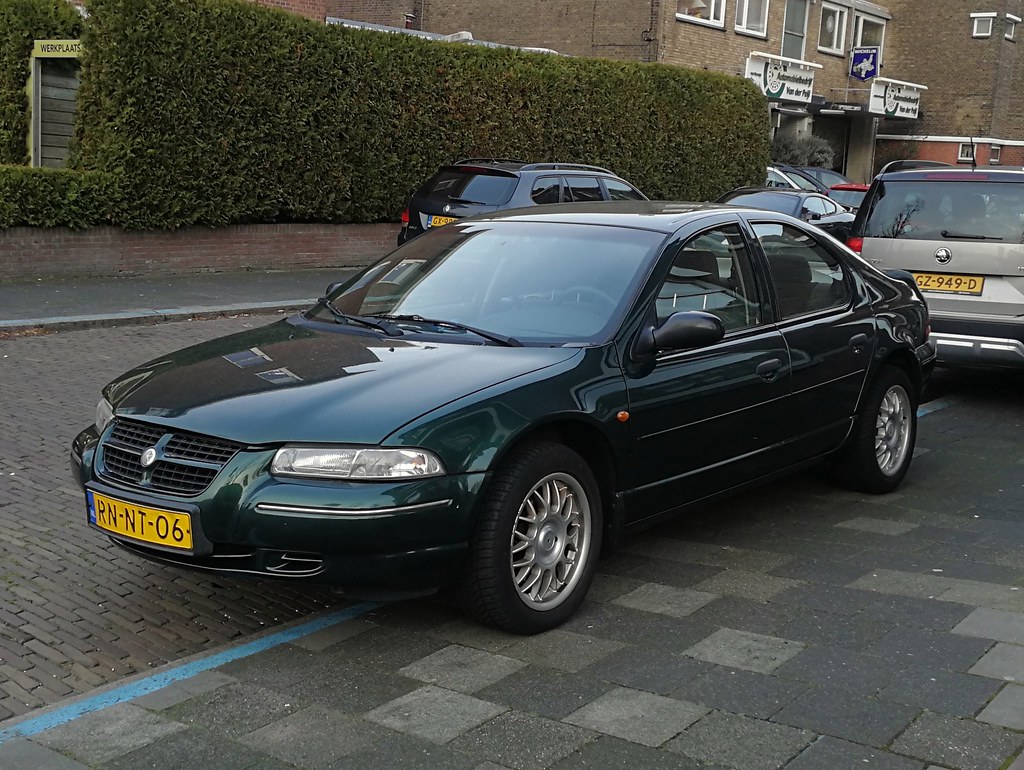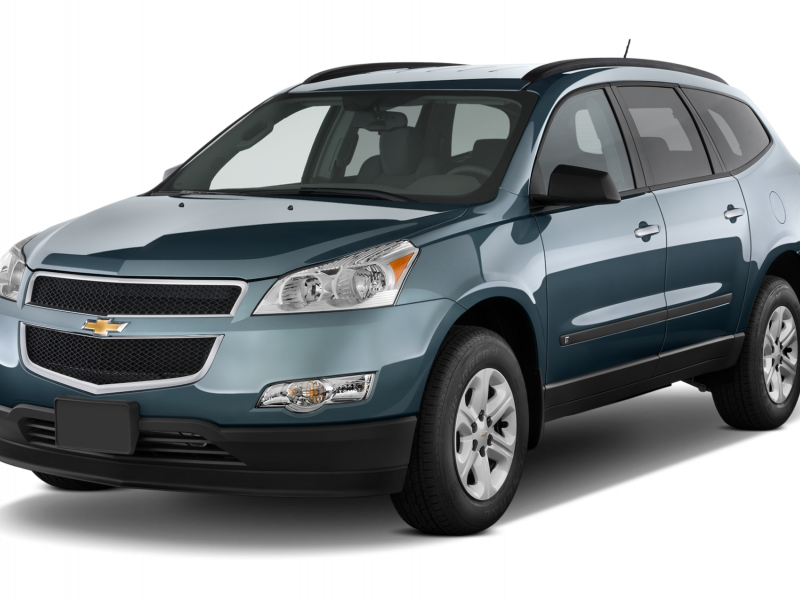How a Master Cylinder Works
Mon, 07/01/2019 - 01:00
Master Cylinder Operation:
Master cylinder is taken as an important part of your vehicle braking system. Lets us talk about how a master cylinder works. Normally a master cylinder has two brake-fluid reservoirs in it that is a primary piston and a secondary piston. Through these reservoirs brake system is supplied. A piston primary offers the displacement that further moves forward the brake fluid under pressure to turn on the brakes. Each of these pistons assemblies activates two of the four brakes. In normal operation pushing the brake pedal, drives on the primary piston through a linkage to the master cylinder which compels the hydraulic fluid through the brake lines to the brakes, which cause them to work on a drum otherwise a disc. And this finally stops the car.
Emergency Conditions:
Additional Safety Components:
In the majority modern car models, master cylinders generally have some other components which usually take in the disc brakes paired with rear drum brakes. As disc brake pads lye closer to the disc as compare to the drum brake shoes with respect to the drum, so when the driver press the brake pedal, disc brakes are activated ahead of the drum brakes, unless the vehicle system puts it off. In these types of cars, the master cylinder consists of a metering valve to balance this effect by stopping any pressure to the disc brakes until unless the system gets to a minimum pressure. It then guarantees that the drum brakes will get in touch with the drum just earlier than the disc brakes contact the disc. On the other hand, the front brakes of a car have enough stopping power that is why they are the disc brakes, although if they set off first, it can result in the car spinning while leaving its control.
As the front brakes of a car tend to have immense stopping power, mostly the modern master cylinders consist of a proportioning valve which is utilized to reduce the force with which the rear brakes set off as well as raise the force to the front brakes. The valve then proportion the hydraulic fluid pressure, which enables the front brakes to be activated with relatively more force.
For instance, if the proportioning valve is put to 75 percent to the front brakes plus there is brake pressure available of 2,000 pounds per square inch (PSI) then in this case the front brakes would obtain 1,500 PSI, as well as the rear brakes would acquire 500 PSI.

[{"target_id":"255989","alt":null,"title":null,"width":"1920","height":"1080","url":"\/sites\/default\/files\/articles-images\/4b\/brake-master-cylinder.jpg"},{"target_id":"255990","alt":null,"title":null,"width":"1792","height":"2461","url":"\/sites\/default\/files\/articles-images\/62\/how-a-master-cylinder-works.png"}]




